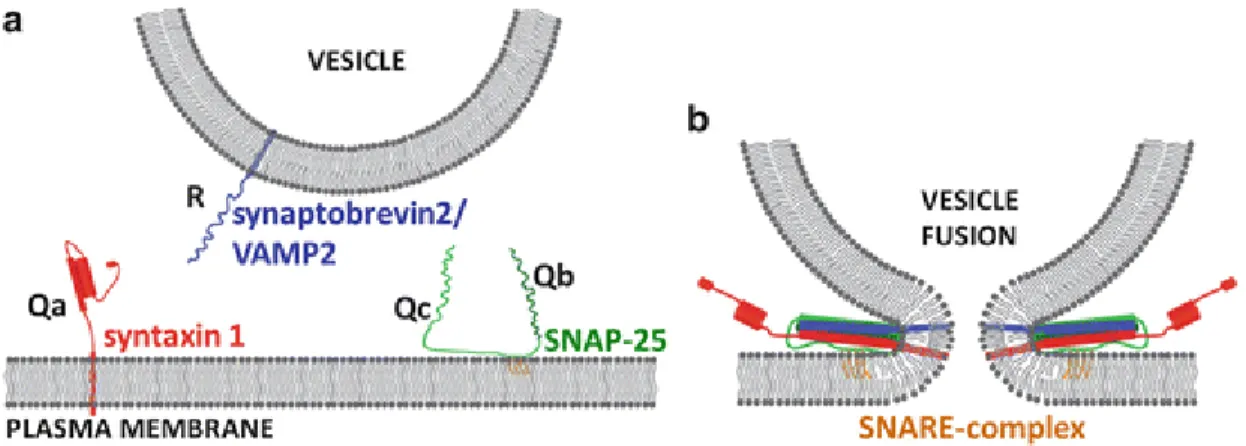Platelets contribute to hemostasis, thrombosis, and allergic airway inflammation via Munc13 4 dependent secretion
Texto completo
Figure




Documento similar
We propose Context Release, Early Register Release Spill and Alloc Release that drastically reduce the physical register requirements, based on using the information associated
In a general way, if we have this property in the restriction to each one of the compact dicritical components after reduction of singularities, we can extend the argument
In this post-hoc analysis of the ISAACC study, we identified specific inflammatory and cardiovascular disease protein biomarkers associated with severe OSA in patients with a
Vibration analysis of the time and frequency domains of the fruit detachment process could contribute to improving the design and management of this machinery, in
Our aim was to identify the presence—or absence of arterial or venous anastomosis between iliac and obturator vessels in the retropubic region.. After dissection, we verified if
In this chapter we have discussed the possibility of using a random code, associated with the relative position between each feature and its neighbouring features, to codify
If we apply this specification to an EMF model and a design pattern vocabulary model (instances of the meta-models in Fig. 4), we can identify instances of the patterns in the
(Notice that A is of Kleinian type if and only if every simple quotient of A is of Kleinian type.) Then we use this characterization and results from [8] to characterize the





